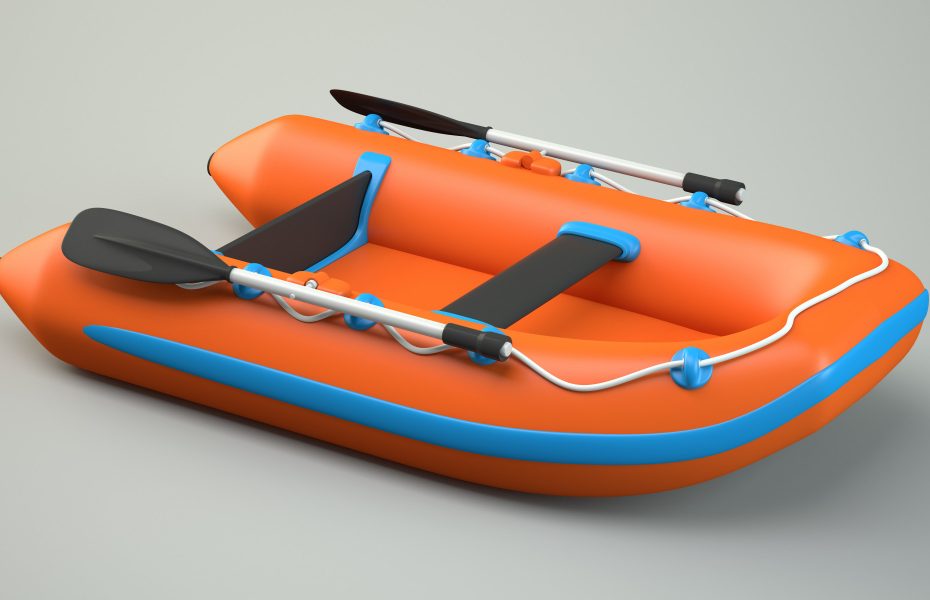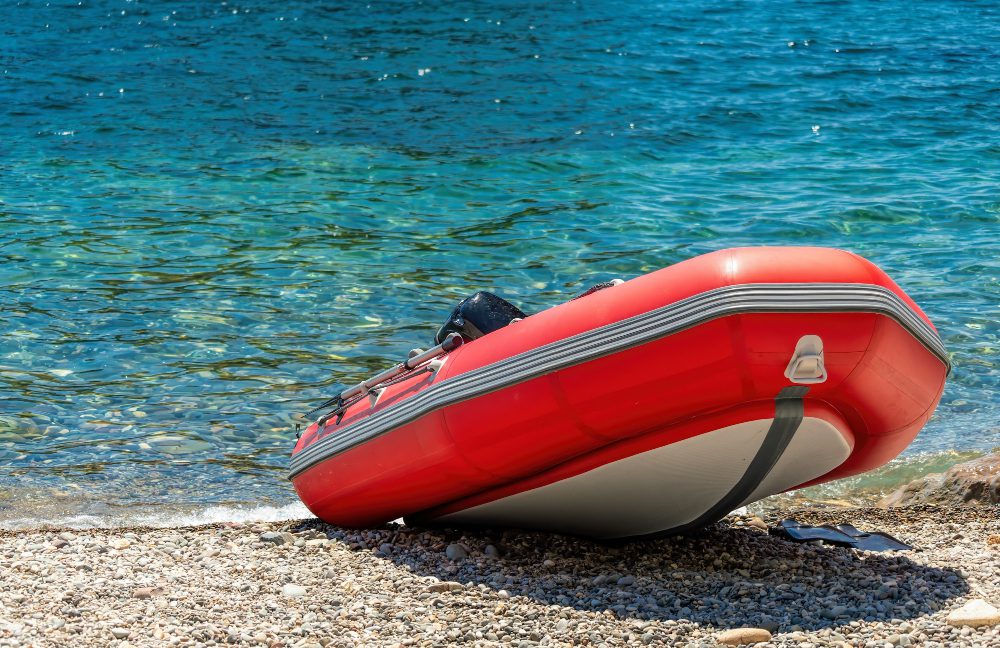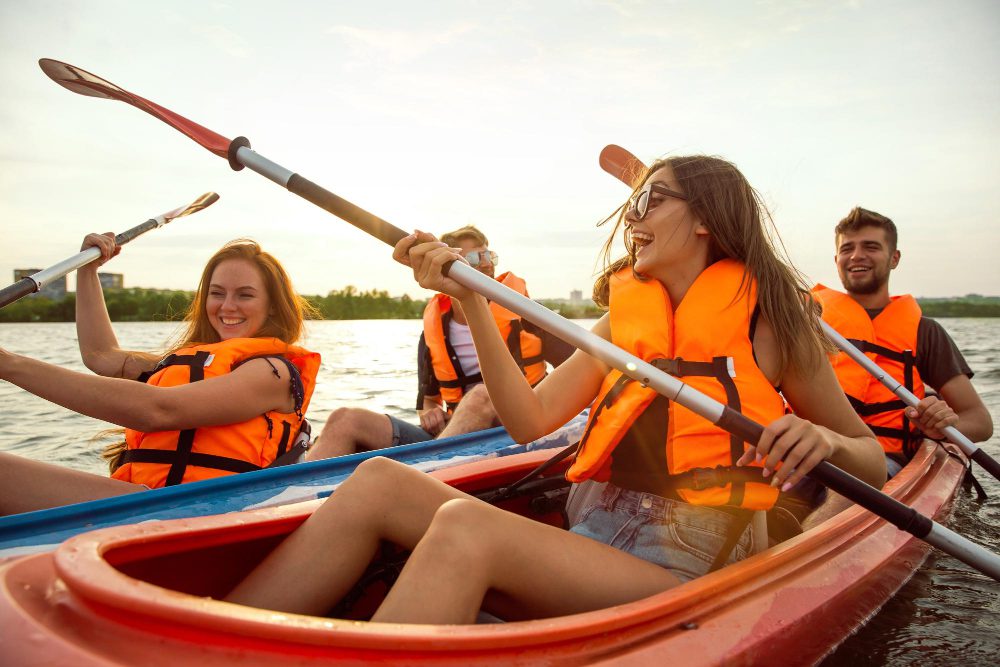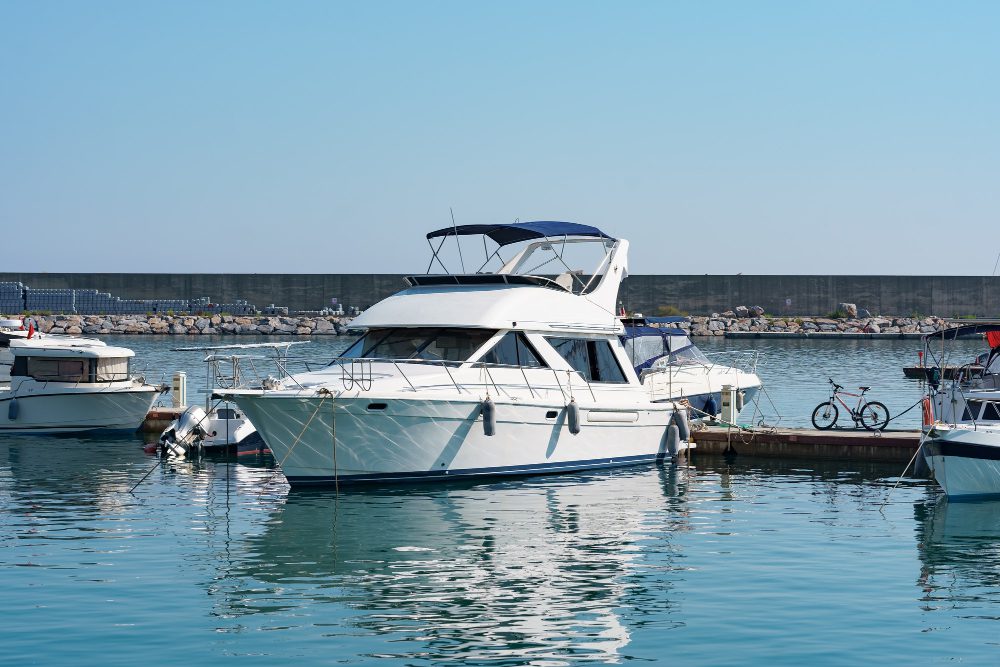What is another name for a small inflatable boat?
A small inflatable boat is commonly referred to as a dinghy. A dinghy is a versatile and compact vessel that is typically used as a tender or auxiliary boat for larger vessels. It is designed to be inflated and deflated easily, making it portable and convenient for various purposes such as recreation, transportation, and rescue missions.
The Versatility of Dinghies
Dinghies are incredibly versatile, which is why they are popular among boaters and outdoor enthusiasts. With their inflatable nature, these boats can be easily packed and transported, requiring minimal storage space. They can be quickly inflated and deflated, allowing users to set up and pack up in a matter of minutes.
Due to their size and maneuverability, dinghies are commonly used in situations where larger boats may not be suitable or accessible. They are ideal for exploring shallow waters, accessing remote beaches, or navigating tight spaces where larger vessels may struggle to maneuver. Their ease of use and portability also make them perfect for camping trips, fishing expeditions, and other recreational activities.
Applications of Dinghies
The applications of dinghies are vast, and they serve a variety of purposes across different industries. Some common applications include:
- Recreational Boating: Dinghies are often used by recreational boaters for activities such as fishing, exploring, and water sports.
- Tender for Larger Boats: Many larger boats and yachts have dinghies as tenders, serving as transportation between the shore and the main vessel.
- Rescue Missions: Dinghies are frequently used by rescue teams and lifeguards to reach individuals in distress or navigate through flooded areas during emergencies.
- Inflatable Rafts: Inflatable dinghies can also be used as rafts for whitewater rafting or leisurely floating down rivers.
Types of Dinghies
There is a wide range of dinghies available, each designed for specific purposes and preferences. Some popular types include:
- Rigid-Hulled Inflatable Boats (RIBs): These dinghies have a rigid hull and inflatable sides. They offer excellent stability and are commonly used as tenders or rescue boats.
- Folding Dinghies: These dinghies are designed to be easily folded and stored, making them highly portable and perfect for those with limited storage space.
- Kayak Dinghies: Combining the features of a kayak and a dinghy, these boats are ideal for solo paddling adventures in calm waters.
- Sailing Dinghies: These dinghies are specifically designed for sailing, allowing enthusiasts to enjoy the thrill of sailing in a compact vessel.
Did You Know? The word “dinghy” originated from the Bengali term “dingi,” which means a small boat.
In conclusion, a small inflatable boat is commonly known as a dinghy. Dinghies are versatile, portable, and widely used for various recreational, transportation, and rescue purposes. Their inflatable nature, ease of use, and maneuverability make them a popular choice among boaters and outdoor enthusiasts. Whether you are exploring remote waters, serving as a tender for a larger vessel, or engaging in water sports, a dinghy can be an excellent companion for your aquatic adventures.
What is the Name of the Small Boat on a Yacht?
When it comes to yachts, there are various terms and names associated with different parts of the vessel. One commonly asked question by boating enthusiasts is: what is the name of the small boat on a yacht? The small boat on a yacht is typically called a tender or a dinghy. Let’s explore more about these terms and their significance:
Tender:
A tender is a small boat that is used to transport passengers and supplies to and from a larger vessel, such as a yacht. It is often used when the yacht is anchored or moored, and it provides a means of transportation for people to go ashore or explore nearby areas.
Dinghy:
A dinghy is another term used to refer to the small boat on a yacht. However, a dinghy is typically considered as a smaller and more basic type of tender. Dinghies are often inflatable or made of lightweight materials, making them easy to transport and launch from the yacht.
Both tenders and dinghies serve important purposes on a yacht, providing a means of transportation and ensuring the safety and convenience of those on board.
The Importance of Tenders and Dinghies:
Tenders and dinghies play vital roles when it comes to yacht operations. They serve various purposes, including:
- Transportation: Tenders and dinghies enable individuals to travel between the yacht and the shore or other nearby locations.
- Exploration: These small boats allow passengers to explore coastal areas, coves, and other points of interest that may not be accessible to the larger yacht.
- Emergency Situations: In case of an emergency or evacuation, tenders and dinghies can be used as lifeboats to ensure the safety of everyone on board.
Quote:
“Tenders and dinghies are like the trusty companions of yachts, providing convenience, access, and safety to those on board.” – Yacht Enthusiast
In Summary:
The small boat on a yacht is commonly referred to as either a tender or a dinghy. Tenders are slightly larger and more versatile, often used for transportation and exploration purposes. On the other hand, dinghies are typically smaller and more basic, providing an easy-to-launch option for various yacht activities. These small boats are essential components of a yacht, ensuring the smooth operation, safety, and enjoyment of all passengers and crew onboard.
What is the name of a rigid inflatable boat?
A rigid inflatable boat, commonly known as an RIB, is a versatile and popular type of watercraft used for various purposes. It is known for its unique design that combines the durability and stability of a rigid hull with the buoyancy and shock-absorption characteristics of inflatable tubes.
The Name: Rigid Inflatable Boat
The name “rigid inflatable boat” is a descriptive term that accurately portrays the key features and construction of this type of vessel. The name highlights the fact that it has a rigid hull, usually made of fiberglass or aluminum, paired with inflatable tubes (or sponsons) around the sides.
The term “RIB” is widely used in the boating community as a convenient shorthand for referring to these watercraft. It is recognized and understood by boating enthusiasts, manufacturers, and professionals worldwide.
Advantages of RIBs
RIBs offer several advantages over other types of boats. Some of these include:
- Versatility: RIBs are adaptable and can be used for various activities, such as leisure cruising, diving, fishing, rescue operations, and military applications.
- Stability: The inflatable tubes provide excellent stability, making RIBs suitable for use in rough seas.
- Buoyancy: The tubes make the boat highly buoyant, ensuring it stays afloat even if the hull gets flooded.
- Shock absorption: The inflatable tubes act as a cushion, absorbing shocks and vibrations from waves, resulting in a smoother and more comfortable ride.
- Maneuverability: RIBs are agile and responsive, making them easy to maneuver, even in tight spaces.
Quotes from RIB Owners
“I love the versatility of my RIB. I can take it out for a leisurely cruise with my family or use it for thrilling water sports activities.” – John, RIB owner
“The stability and durability of my RIB give me confidence, especially during rough sea conditions. It’s my go-to boat for fishing trips.” – Sarah, RIB owner
The Popularity of RIBs
RIBs have gained immense popularity worldwide due to their unique combination of features. They are widely used by recreational boaters, professional divers, law enforcement agencies, coastguards, and military units.
Their ability to handle various weather conditions, ease of handling, and multi-purpose functionality make them a preferred choice for many boating enthusiasts.
Table: Comparison of RIB Brands
| Brand | Country of Origin | Notable Features |
|---|---|---|
| Zodiac | France | Innovative hull design, high-quality materials |
| Avon | United Kingdom | Excellent craftsmanship, wide range of models |
| Brig | Ukraine | Innovative design, spacious interiors |
These are just a few examples of popular RIB brands available in the market, each offering unique features and catering to different boating needs.
In Conclusion
The name “rigid inflatable boat” accurately describes the construction and characteristics of these versatile watercraft. RIBs offer advantages such as versatility, stability, buoyancy, shock absorption, and maneuverability. Their popularity continues to grow among boaters, divers, rescue teams, and military organizations worldwide.
What are the long thin boats called?
The Different Names of Long Thin Boats
Long, thin boats are known by various names around the world. These boats are typically designed for speed and maneuverability in different types of water bodies such as rivers, lakes, and oceans. Let’s explore some of the different names these boats are called:
- Kayak: Originating from the Inuit people, kayaks are traditionally made from animal skins stretched over a wooden frame. They are known for their narrow design and are commonly used for recreational purposes and adventure sports such as whitewater rafting.
- Canoe: Canoes are elongated boats that have an open design and are propelled using paddles. They are typically made from materials like wood, aluminum, or fiberglass. Canoes are widely used for recreational activities such as fishing, camping, and leisurely boating.
- Gondola: Gondolas are iconic boats that are synonymous with the city of Venice, Italy. They are characterized by their sleek design, flat bottoms, and pointed ends. Gondolas are usually rowed by a gondolier using a single oar.
- Dinghy: Dinghies are small, lightweight boats that are often used as tenders or lifeboats for larger vessels. They are typically rowed or propelled using a small outboard motor.
- Dragon Boat: Dragon boats are long and narrow boats traditionally used in Chinese festivals and races. These boats feature ornate dragon heads and tails, and are propelled by a team of rowers.
Historical Significance
These long thin boats have played significant roles in different cultures and historical events. For example, kayaks were essential for hunting and transportation in the Arctic regions, while canoes were used by Native American tribes for trade and migration. Gondolas have been a symbol of romance in Venice for centuries, whereas dragon boats hold religious and cultural importance in Chinese traditions.
Quotations on Long Thin Boats
“A journey in a kayak allows one to explore nature’s beauty from a unique perspective.”
“The gentle swaying of a gondola in the Venetian canals is an experience like no other.”
What are small round boats called?
Small round boats, often used for fishing or leisure activities, go by various names depending on their cultural origin. Let’s explore some of these fascinating boat types:
Coracles
Coracles are small, lightweight, and round boats traditionally made from woven materials like willow or reeds, covered with a waterproof material such as animal hide or tar-soaked cloth. They are typically used in Wales, Ireland, and parts of India.
Curraghs
Curraghs are similar to coracles and are commonly found in Ireland and Scotland. They are usually made from a wooden frame covered with animal hide or canvas.
Sampans
Sampans are flat-bottomed boats widely used in Southeast Asia, particularly in countries like China, Vietnam, and Thailand. While they can have different shapes, some sampan designs are round and ideal for shallow waters.
Mokoros
Mokoros, also known as dugout canoes, are small boats primarily used in the Okavango Delta region of Botswana. These traditional boats are carved out of a single large tree trunk and guided through the water using a pole.
Kayaks
A kayak is a small, narrow boat that is propelled by a double-bladed paddle. While they are most commonly associated with Inuit cultures, kayaks are popular worldwide and come in various shapes, including round-bottomed designs.
“The humble coracle, with its circular design, has been used for centuries by fishermen for its durability and ease of use.”
In addition to these boat types, there are many other examples of small round boats used across different cultures and regions. It is fascinating to explore the unique characteristics and histories of these traditional watercraft.
Conclusion
Whether you call them kayaks, canoes, gondolas, dinghies, or dragon boats, there is no denying the allure and versatility of long thin boats. Their sleek designs, combined with their historical significance and various uses, make them fascinating vessels to experience and admire.



